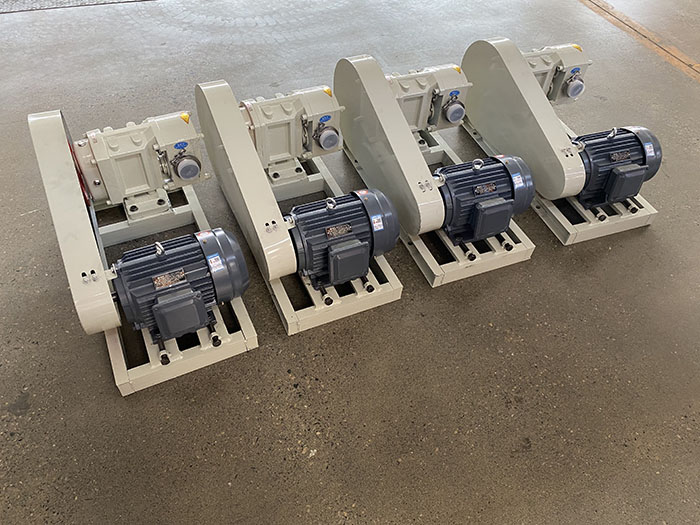Rotary lobe pumps are widely used in various industries for their ability to handle viscous fluids efficiently. However, one limitation of rotary lobe pumps is their inability to self-prime. This means that these pumps require external assistance to remove air or gas from the suction line before they can start pumping. In this article, we will explore the reasons behind why rotary lobe pumps cannot self-prime.
Lack of Internal Compression:
Unlike some other pump types, such as centrifugal pumps, rotary lobe pumps do not possess internal compression capabilities. This means that they cannot generate enough pressure to evacuate air or gas from the suction line on their own. The absence of internal compression limits their ability to create the necessary suction to prime the pump. As a result, external assistance is required to remove the air or gas before the pump can operate effectively.
Fluid Slip:
Another reason why rotary lobe pumps cannot self-prime is the phenomenon known as fluid slip. Fluid slip occurs when there is a gap or clearance between the rotors and the pump casing. This gap allows a small amount of fluid to slip back from the discharge side to the suction side of the pump. As a result, any air or gas present in the suction line is not fully displaced, hindering the priming process. The fluid slip phenomenon is inherent to the design of rotary lobe pumps and contributes to their inability to self-prime.
Dependence on Gravity and Liquid Level:
Rotary lobe pumps rely heavily on gravity and the liquid level difference between the suction source and the pump inlet. When the pump is not primed, there is a lack of liquid in the suction line, leading to air or gas being trapped. To overcome this, external assistance, such as the use of a priming device or manual filling of the pump, is required to establish a liquid seal and create the necessary suction. Without a sufficient liquid level difference, the pump cannot effectively self-prime.
Operating Conditions:
The operating conditions of rotary lobe pumps also contribute to their inability to self-prime. Factors such as the viscosity and temperature of the fluid being pumped can impact the pump's priming capabilities. High viscosity fluids may impede the flow and create additional resistance, making it more difficult for the pump to overcome the air or gas in the suction line. Similarly, extreme temperatures can affect the fluid properties and decrease the pump's ability to prime effectively.
While rotary lobe pumps offer many advantages in terms of handling viscous fluids, they have limitations when it comes to self-priming. The lack of internal compression, fluid slip, dependence on gravity and liquid level, and the impact of operating conditions all contribute to the inability of rotary lobe pumps to self-prime. Recognizing these limitations and implementing appropriate priming methods or auxiliary devices is crucial to ensure the efficient operation of rotary lobe pumps in applications where self-priming is required.
